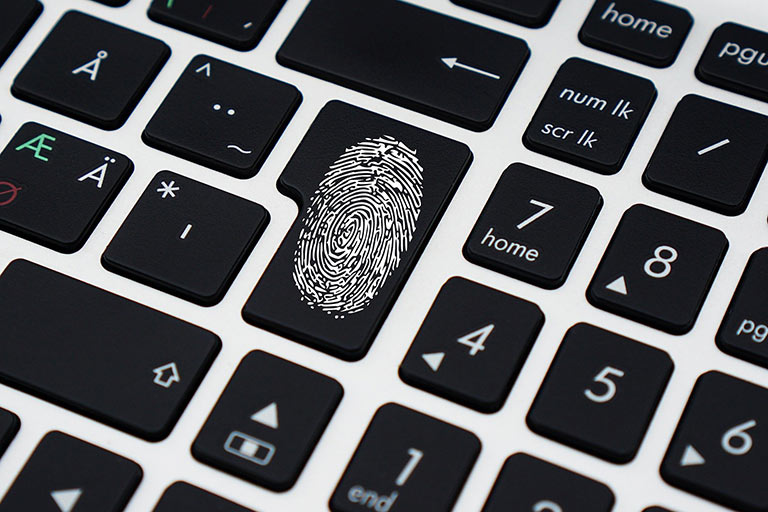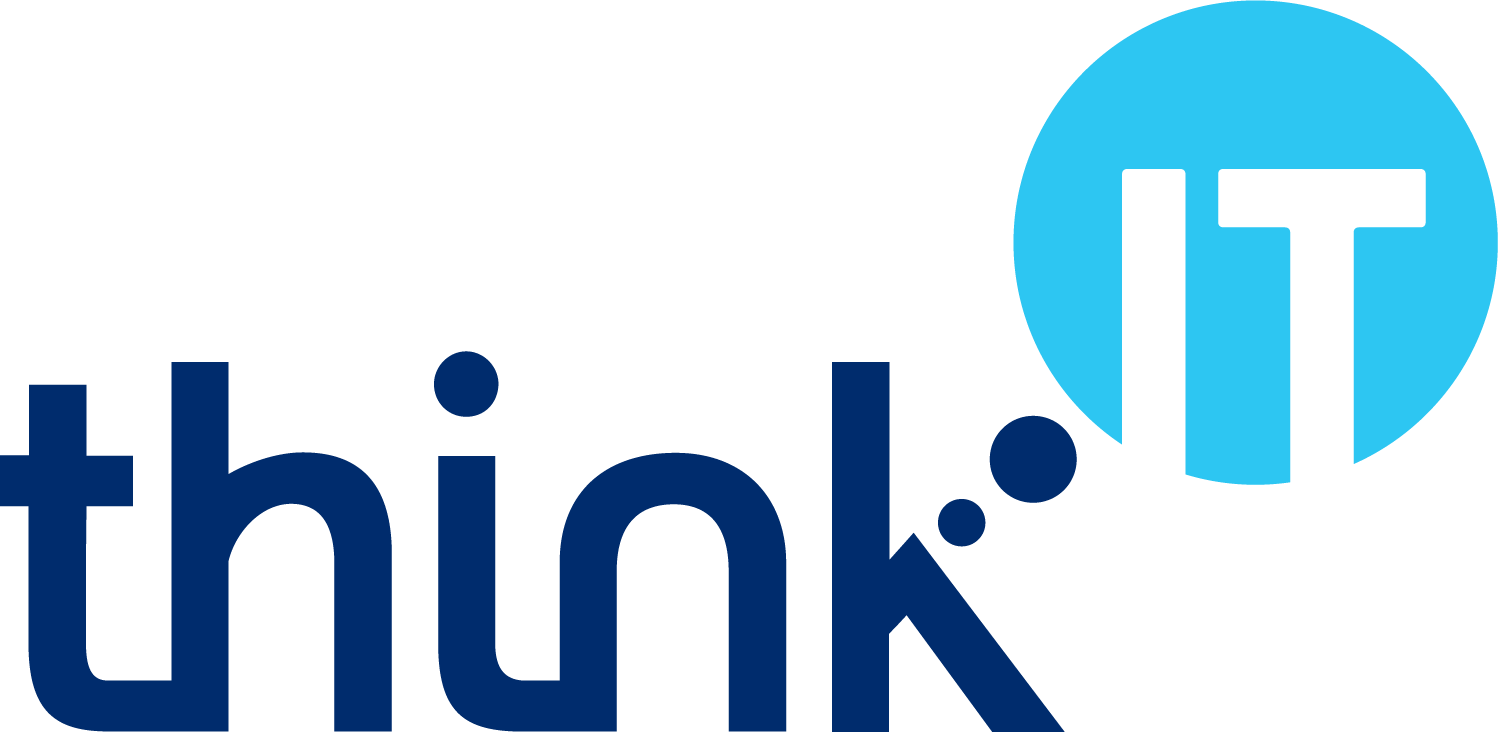Authentication is the process of proving who you are to a computer system: initially you ‘identify’ yourself (e.g. provide your username), then you authenticate that identity (e.g. enter your password). These two bits of information together are used to permit or deny access.
Authentication types are called ‘factors’, and there are generally three: something you know (like a password), something you have (like a key), or something you are (e.g. a fingerprint). An authentication process that uses more than one of these types is ‘multi factor authentication’ (or ‘MFA’), sometimes called ‘two factor authentication’ (or ‘2FA’).
What this means to you
Security experts generally agree that passwords are the weakest form of authentication (though there’s plenty you can do to toughen them up). The main issue is that, where a system uses only a username or password to manage access, if the password is compromised it’s possible an attacker could get access to the whole system.
How are passwords compromised? Check out our Insights password guide – you might be surprised how many ways there are for an attacker to set about acquiring a password. In the 2020 Data Breach Investigations Report, Verizon, the US telecoms company, found that over 80% of hacking breaches involve brute force or the use of lost or stolen passwords.
MFA makes it much more difficult for the attacker, as they not only need the password, but also the additional factor.
Why we are good
We have an indepth understanding of cyber security, but we also understand how our clients work. Often a security solution that works for a large organisation in an urban centre will not work as well for a small rural business.
We provide a market-leading MFA solution with great reviews on Gartner Peer Insights and owned by technology giant Cisco.”
What we can do
We can provide support in implementing strong password policies, covering both the operational and technological processes.
We can also provide and maintain a multi-factor authentication solution for you, integrating it with your key systems and protecting you and your data from ever-increasing cyber attacks.
Most often it’s deployed as an app on user smartphones. It’s user friendly, compatible with Android (version 8.0 and above) and iOS (12.0 and above) devices, and verifies identity in seconds.






